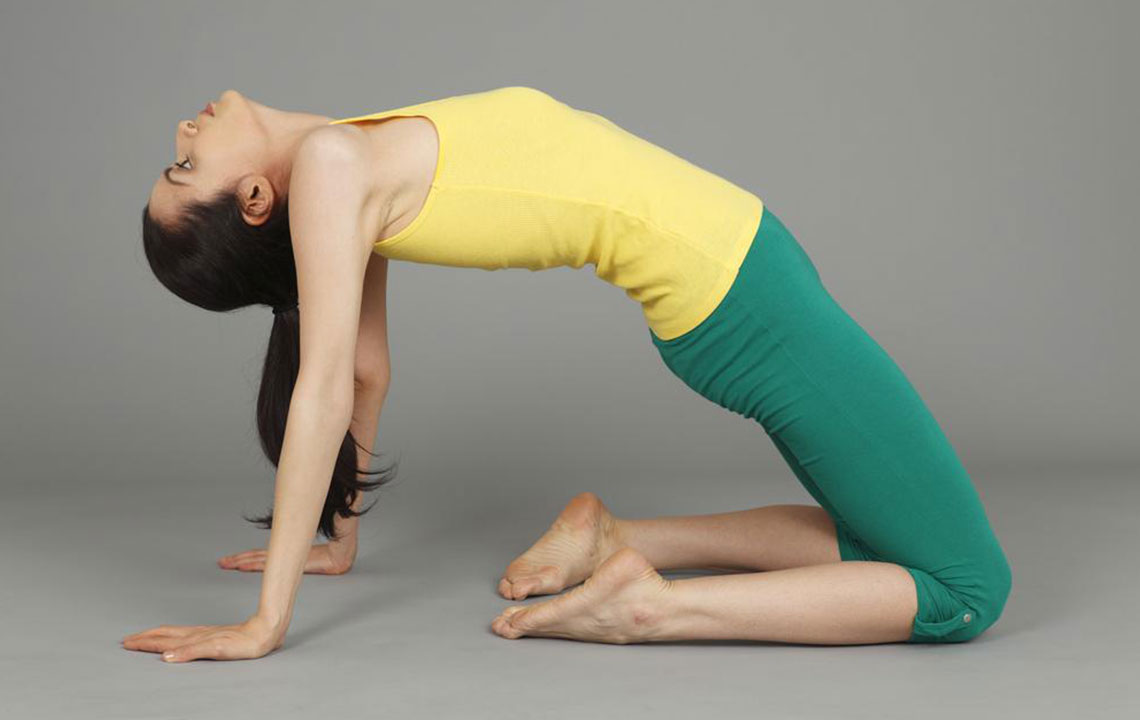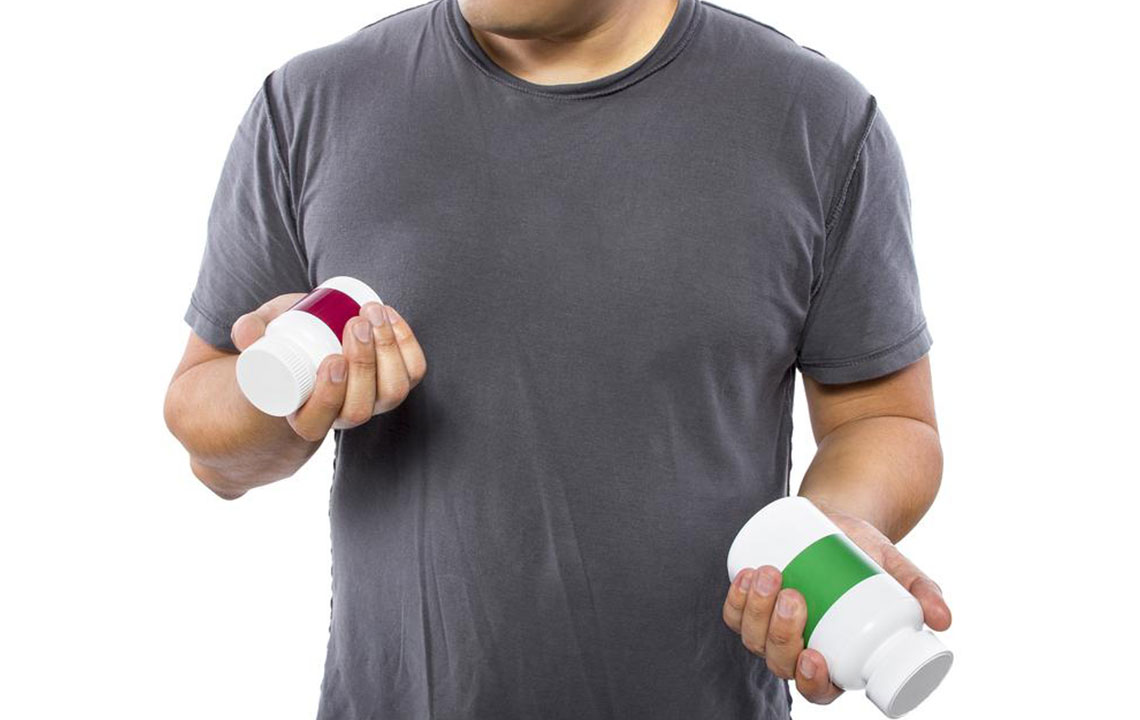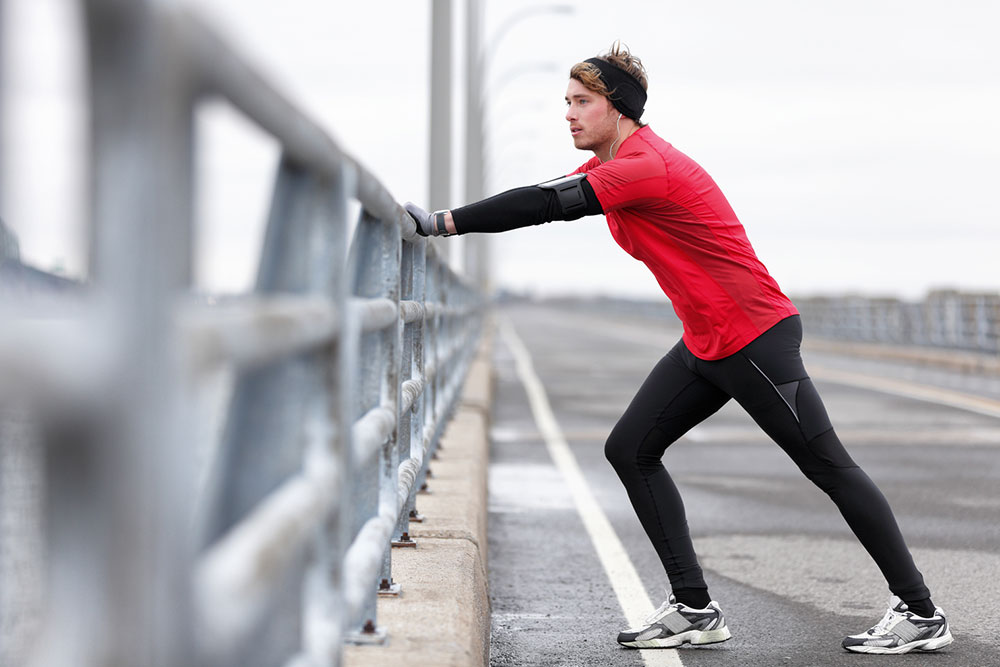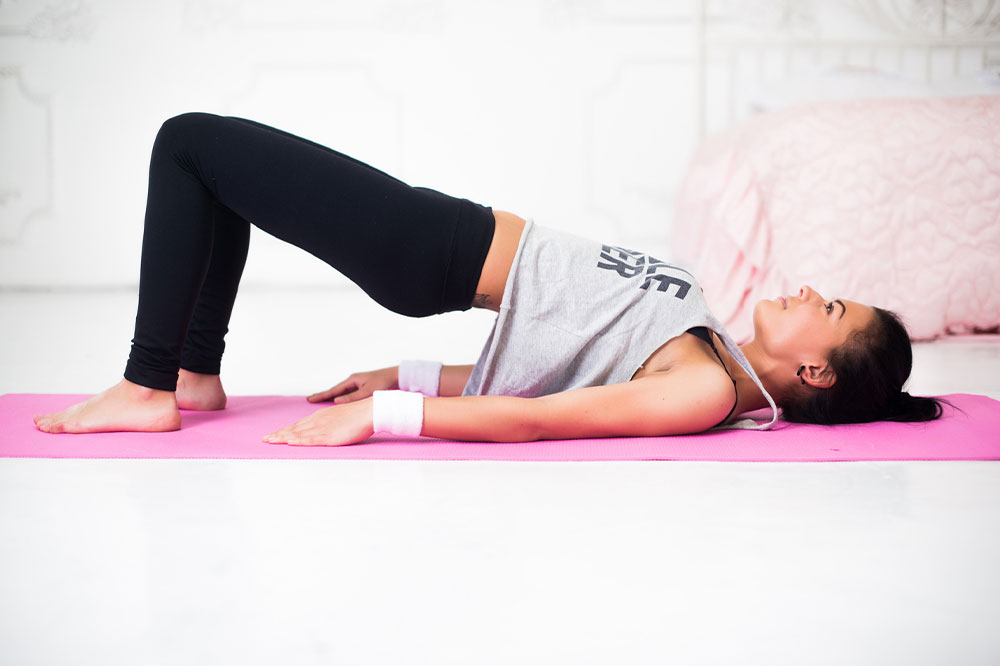Essential Guide to Pelvic Floor Exercises
Discover the essentials of pelvic floor exercises, also known as Kegel exercises, to strengthen pelvic muscles, improve bladder control, and recover postpartum. Learn about helpful devices like the kGoal Trainer that enhance the exercise experience, along with precautions to consider. These exercises are vital for managing incontinence and promoting pelvic health at any stage of life.

Essential Guide to Pelvic Floor Exercises
Pelvic floor exercises, commonly known as Kegel exercises, aim to strengthen the muscles supporting the pelvic organs. These exercises help enhance control over the bladder, uterus, and rectum by contracting and relaxing the pelvic muscles. They can be performed anytime, making them convenient for daily routines.
Various factors such as pregnancy, childbirth, aging, obesity, chronic cough, surgeries, and constipation can weaken these muscles. Kegel exercises are especially useful if you experience leakage of urine during sneezing, coughing, or laughing, a condition called stress incontinence. They are also beneficial for urgent urination with significant urine loss.
This condition is known as urinary incontinence. Kegel exercises can also help manage fecal incontinence. They are recommended during pregnancy and postpartum to prevent incontinence issues. However, if urine leakage is severe during laughing, coughing, or sneezing, or due to an overfull bladder, Kegel exercises may not be as effective. Additionally, for overflow incontinence, where urine leaks unexpectedly due to a full bladder, these exercises might not provide relief.
To make these exercises more engaging, specialized Kegel trainers are now available. These devices improve bladder control, enhance orgasm quality, and aid in postpartum recovery. One notable product is the kGoal Smart Kegel Trainer, acclaimed as the world’s most advanced Kegel device. It features an interactive system with a device and app that tracks repetitions, pressure, and squeeze duration, providing biofeedback and customized workout routines. Its ergonomic design adapts to individual anatomy by adjusting air pressure, making it suitable for both beginners and experienced users.










